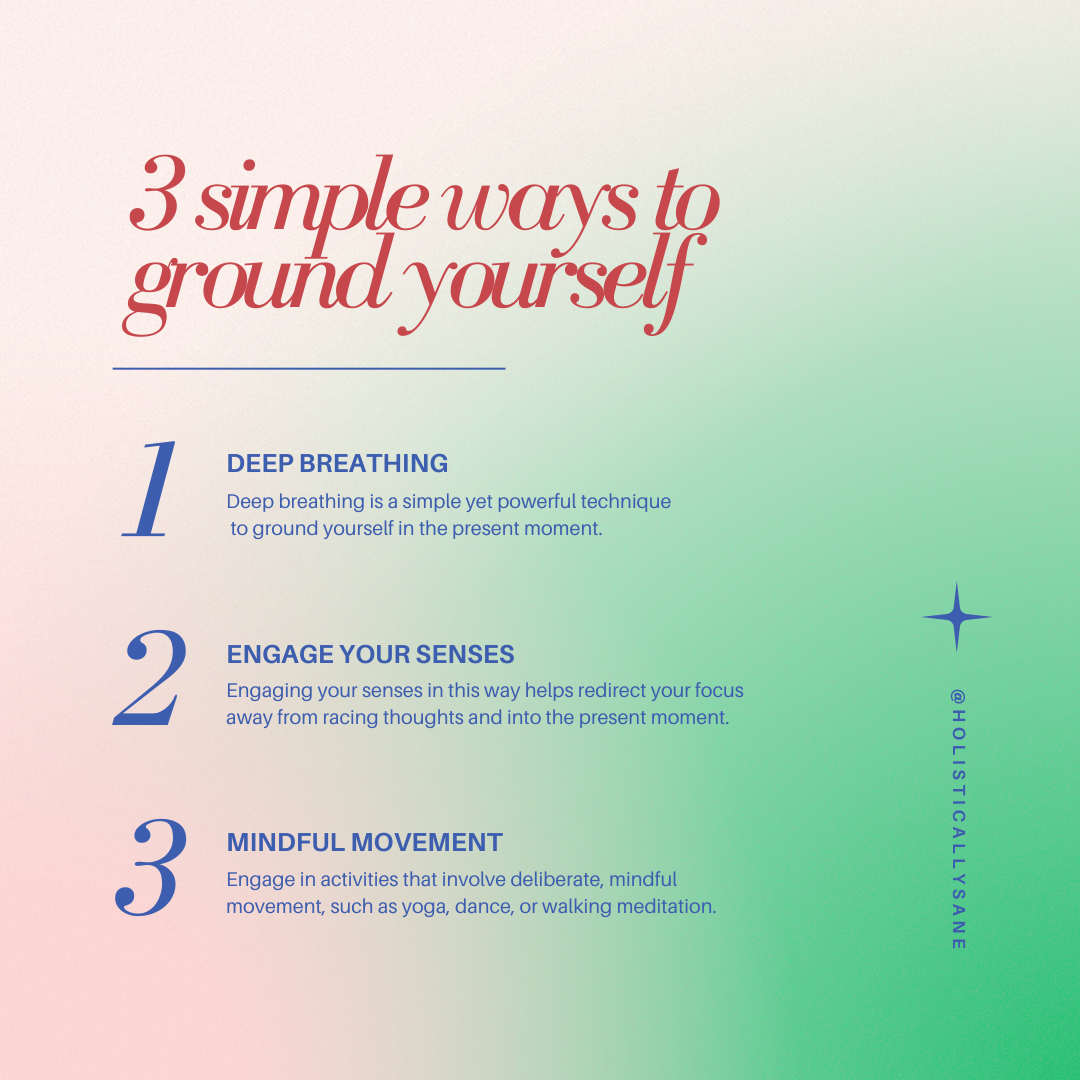In shamanic sound healing, sound and music are used to access the spiritual realms and heal the body, mind, and soul. The practice is based on the ancient wisdom of shamanism, which is a way to connect with the divine forces of nature.
To create vibrations that resonate with the human body’s energy centers and frequencies, shamanic sound healing uses different instruments, including gongs, tuning forks, singing bowls, drums, flutes, and the human voice. By using sound and intention, shamanic sound healers can help their clients release blockages, balance their energies, and restore harmony and well-being.
Shamanic sound healing can also induce altered states of consciousness where clients can receive guidance, insight, and healing from their spirit guides, power animals, angels, and other benevolent beings. Shamanic sound healing can be powerful and transformative for people, helping them to heal their physical, emotional, mental, and spiritual issues, as well as discover their life’s true purpose.
The songs, which mostly consist of a simple melody and repetitious beat, may affect the central nervous system in much the same way that deep yogic breathing can slow the heart rate and pulse as the practitioner moves into a trance-like state.
Healing through tone, rhythm, and song
“Toning is a system of healing41 that utilizes vowel sounds to alter vibrations in every molecule and cell in the body.”—Laeh Maggie Garfield in Sound Medicine
The emotional power of toning is particularly apparent in the work of experienced toning practitioners. Bracha Adrezin, a Brooklyn-based former opera singer who studied psychotherapy at the University of Vienna, uses a powerful combination of bioenergetic movement and toning, as well as chanting and other verbal expressions of emotion, to help clients, many of whom have been physically or sexually abused, work through and let go of the memories of past traumas.
Here are a few tonic exercises to achieve shamanic sound healing:
Toning fundamentals:
Toning is a fundamental practice that involves inhaling through your nose and exhaling through your mouth while making a long, sustained sound.
This can be done standing, sitting on a chair, or in a cross-legged position. Tones should be straight and unobstructed, and the sound should come from your feet.
Relax your jaw and let your jaw hang open when making a sound. Tone a vowel on a note of your choice for as long as your breath allows, repeating several times.
Tone a syllable on the same note, repeating it several times. Find a syllable-and-note combination that you like and tone it again and again.
Experiment with toning by hitting on the tabletop, hitting a cup with a spoon, banging pots and pans, using a bowl, gong, bell, or drum with natural skin for reverberations.
Cleansing and Releasing: It’s natural for aches and pains to be released through moaning and groaning. Screaming can break up emotional and physical armoring caused by high-pitched, penetrating sounds. Feel the sound within. There may be a bloodcurdling, terrifying scream that goes on for several minutes before ending in laughter. A joyous, liberating experience can come from releasing a long-held scream too.
Soothing and relaxing: Toning provides a soothing environment for tension release. Humming can help you breathe deeply and calm your nervous system. You may feel inspired to sing words of support and encouragement, or even to break into familiar bars of music or pop tunes. Trust the impulse; it often turns out to be surprisingly appropriate.
Toning for the pain in your body: Stand with your feet about shoulder-length apart and your body relaxed. If you prefer, sit at the edge of a chair with your back straight. You can stand up and move around when the energy gets moving. Inhale through your nose and draw the breath down to your abdomen, so you can actually see your abdomen rising. Exhale through your mouth, making a low moan, or whatever comes naturally. Do this ten times.
As far back as biblical times, music was understood to be an instrument of healing. King Saul’s servants summoned a young shepherd named David, who played harp and caused the evil spirit to depart from him.
Music therapy has its roots in World War II when musicians offered to play for the entertainment of wounded servicemen. The benefits reaped included a lessening of depression, greater socialization among patients, enhanced morale, increased emotional expression, and improved contact with reality.
Steven Halpern, Ph.D., has been using crystal bowls and guided imagery to shift brain waves into alpha and theta states, which are conducive to healing.
In the early 1960s, Andrew Neher studied the impact of shamanic-style drumming on the central nervous system. He found that a consistent beat altered activity in various sensory and motor areas of the brain, which were not typically affected. Neher suggested that this was due to the stimulation of multiple neuronal pathways by a single drumbeat’s different frequencies. Additionally, the brain may receive more low-frequency signals from drums.
Dr. Huston Smith, the renowned expert on world religions and a longtime student of Tibetan culture, analyzed the monks’ singular ability and the effect of vocal harmonics on listeners in this passage from his documentary film Requiem for a Faith.
Lamas have discovered ways to shape their vocal cavities to resonate overtones, making them audible as distinct tones. This has led to the skill of each trained lama to sing chords independently.
Since the goal of worship is to bring the sacred from the periphery to the center of consciousness, overtones have symbolic meaning, awaken multiple fields, and can be perceived without explicit hearing.
Benefits:
Sound and music can have a profound impact on physiology.
- Researchers found that heart patients who listened to relaxing music experienced reduced anxiety, heart rate, and respiratory rate.
- Nine subjects had significantly lower blood pressure after listening to two albums with average beats of fewer than 55 hertz.
- Researchers found that listening to music reduced blood pressure, heart rate, and noise sensitivity in cardiac surgery patients, regardless of their noise sensitivity.
- Researchers found that subjects who listened to music they preferred for fifteen-minute periods exhibited up to 25 percent lower levels of cortisol, a stress hormone that can depress the immune system when produced in excess.
- German doctors found that patients who listened to music of their own choosing during difficult diagnostic and surgical procedures showed significantly lower levels of both stress-related hormones.
- In an experiment conducted at the Addiction Research Center in Stanford, California, subjects listened to various kinds of music and experienced increased sensations of pleasure. This suggests that certain types of music can boost endorphins, which have other health benefits.
Sound rituals in shamanic sound healing:
Chants are repeated melodic or rhythmic vocalizations used in rites and ceremonies. Sounds like ‘Om’ can be used for a number of things, such as making intentions, calling forth particular energies, or fostering a meditative atmosphere.
The tribeswomen of New Guinea are keen to sing songs of grief to mourn the passing of their loved ones.
In ancient Greece, Rome, and Egypt, the priests in the temples sang as they healed the afflicted.
The concept of entrainment, which represents the basis for much of the next chapter, unlocks the secret of the healing effects of the Tibetan and crystal singing bowls and, more broadly, the seemingly boundless potential of sound in the healing arts and sciences.
Additionally, scientists have discovered “entrainment,” or the universe’s inclination toward harmony. Christian Huygens, a seventeenth-century Dutch physicist, observed that when two clocks were hung side by side, their pendulums would spontaneously start to swing in unison to the same beat. Entrainment arises from the stronger rhythmic vibrations of one object projected against another with a similar frequency.
The second object will start to vibrate in resonance with the first object if their frequencies are similar. Since humans also respond in resonance to vibrations and variations in their environment, sound waves—whether they originate from our own voices or not—may have an impact on how our bodies work physiologically.
For the Sufis, who view the universe as an immense, dynamic medium, music is equivalent to Ghiza-I-ruh, or nourishment for the soul. Hazrat Inayat Khan, the master musician, and author of The Music of Life, as well as the founder of the Sufi order in the West, once said that “the laws of vibrations are responsible not only for our physical body’s existence but also for our thoughts and feelings.” Inayat Khan asserts that abstract sound, or “vibrations too fine to be either audible or visible to the material ears or eyes,” permeates the entire cosmos.
He concludes that Muhammad, Moses, and Jesus heard this abstract sound, the saut-e sarmad, at the height of their most intense communions with the divine.
Inayat Khan eloquently articulated the power of sound.
“Those who are able to hear the saut-e sarmad and meditate on it are relieved of all worries, anxieties, sorrows, fears, and diseases, and the soul is freed from captivity in the senses and in the physical body. . . . Yogis and ascetics blow sing (a horn) or shanka (a shell), which awakens in them this inner tone. Dervishes play the naj or algosa (a double flute) for the same purpose. The bells and gongs in the churches and temples are meant to suggest to the thinker the same sacred sound and thus lead him towards the inner life.”
Shamanic sound healing is a powerful and transformative modality that can help people heal their physical, emotional, mental, and spiritual issues. it should never be misunderstood as spiritual quackery.
References:
The Healing Power of Sound, by Mitchell L. Gaynor, MD




